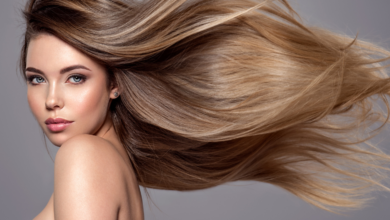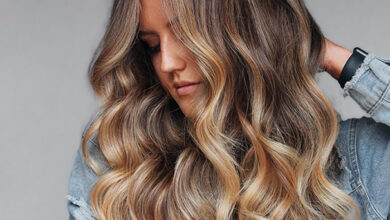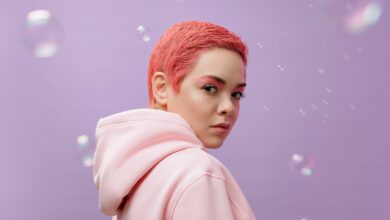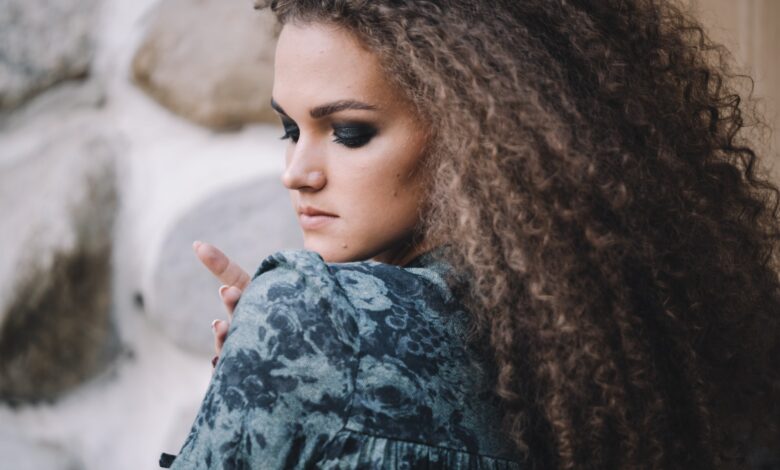
Are you planning to change up your hair color but feeling a bit apprehensive about the process? Look no further, because Stylish.ae is here to help you address all your hair coloring concerns! In this article, you will find valuable information and tips on how to tackle common issues such as hair damage, choosing the right color, and maintaining vibrant color for longer. Say goodbye to your worries and hello to stunning hair transformation with the assistance of Stylish.ae!
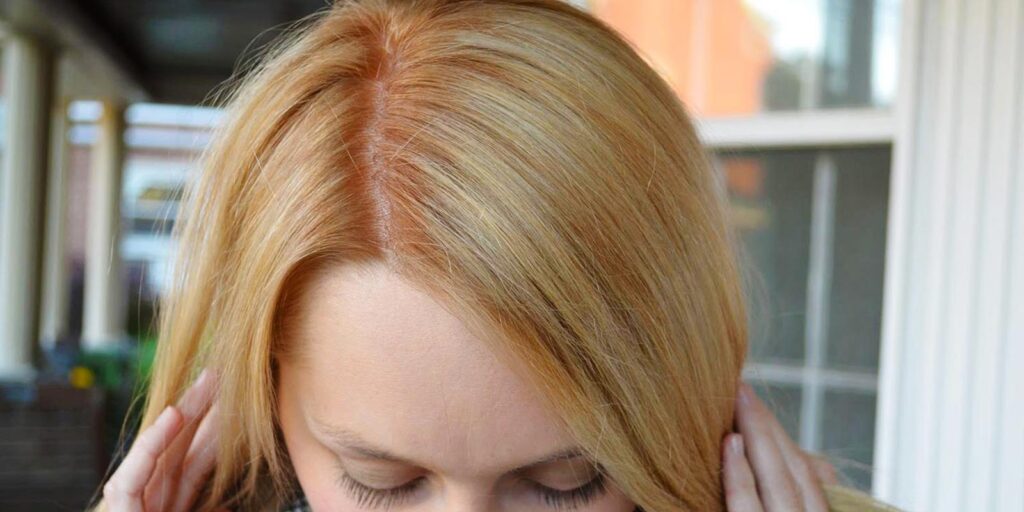
Choosing the Right Hair Color
Choosing the right hair color can be a daunting task, but with a few helpful tips, you can find the perfect shade to complement your skin tone and natural hair color. Determining your skin tone is the first step in selecting the right hair color. Skin tones can be categorized into warm, cool, or neutral. Warm skin tones have yellow or golden undertones, while cool skin tones have pink or blue undertones. Neutral skin tones can have a combination of warm and cool undertones. By identifying your skin tone, you can narrow down the hair color options that will best harmonize with your complexion.
Another factor to consider when choosing the right hair color is your natural hair color. While it is possible to achieve drastic color changes, it is generally recommended to stay within a few shades of your natural hair color for a more natural look. If you have lighter hair, it will generally be easier to achieve a lighter hair color. However, if you have dark hair, you may need to lighten it first before achieving a lighter hair color. Consulting with a professional stylist can help you determine the best course of action for achieving your desired hair color while considering your natural hair color.

Hair Coloring Products and Chemicals
Before diving into the world of hair coloring, it’s essential to understand the different types of hair coloring products available. There are permanent hair colors that are formulated to provide long-lasting results, and there are also semi-permanent and temporary hair colors that offer more temporary changes. Permanent hair colors typically require a mixture of chemicals, such as ammonia and hydrogen peroxide, to penetrate the hair shaft and permanently alter its color. On the other hand, semi-permanent and temporary hair colors generally do not contain harsh chemicals and gradually fade over time.
When choosing a hair coloring product, it’s essential to check for harmful chemicals. Some hair coloring products may contain ingredients that can cause skin irritation, allergic reactions, or damage to the hair. Look for products that are labeled as “ammonia-free” or “gentle” to minimize these risks. Additionally, it’s important to evaluate the reputation of the brand you choose. Researching customer reviews and seeking recommendations from trusted sources can help you ensure that you are using a reputable brand that prioritizes the quality and safety of their products.
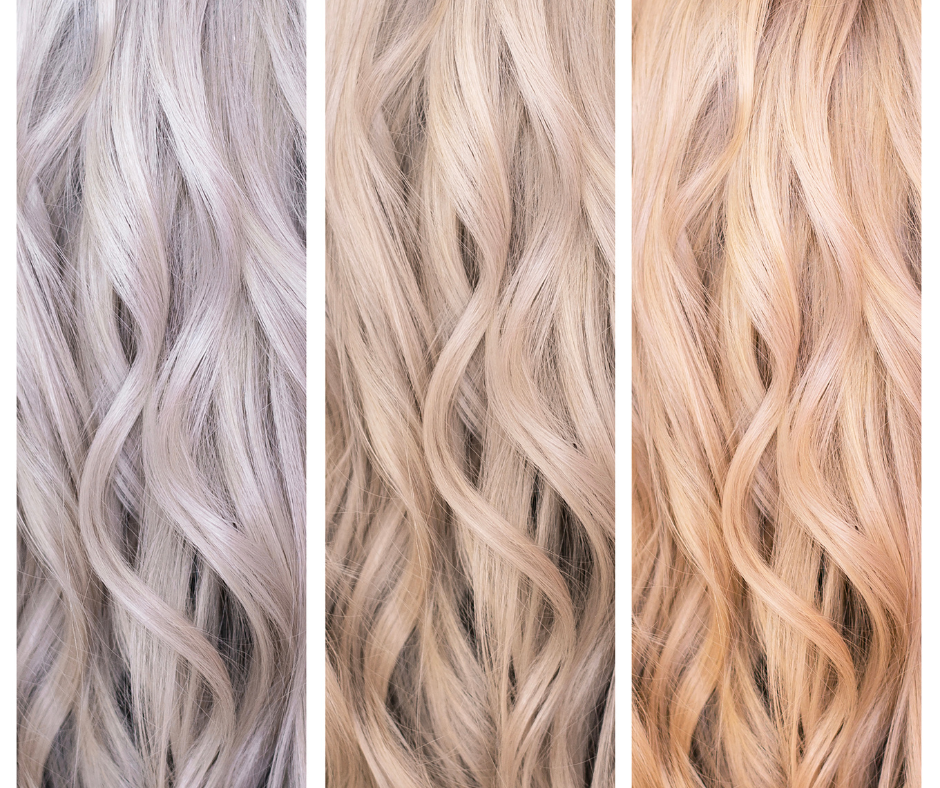
Avoiding Hair Color Mistakes
To avoid hair color mistakes, it’s crucial to take a few precautions before committing to a full head of new color. Testing the color on a small strand of hair is a smart way to see how the color will turn out before applying it to your entire head. This is particularly important when aiming for a dramatic color change or using a new brand of hair color. By conducting a strand test, you can ensure that you achieve the desired result and avoid any unpleasant surprises.
While drastic hair color changes can be exciting, it’s important to consider the long-term maintenance required for maintaining your new look. Drastically lightening or darkening your hair can require frequent touch-ups to keep the color looking fresh and vibrant. Additionally, it’s important to be mindful of the impact the new hair color may have on your overall appearance. Certain hair colors may clash with your skin tone or make certain features more pronounced. Taking the time to carefully consider these factors can help you choose a hair color that enhances your natural beauty.
Addressing Allergic Reactions
Allergic reactions to hair coloring products are not unheard of, so it’s essential to know the signs and take preventive measures. Signs of an allergic reaction may include itching, redness, swelling, or a rash on the scalp or around the hairline. To minimize the risk of an allergic reaction, it’s recommended to perform a patch test before coloring your hair. This involves applying a small amount of the hair color product to a discreet area of the skin, such as behind the ear or on the inner wrist, and observing for any adverse reactions.
If you have sensitive skin or have had allergic reactions to hair coloring products in the past, using products specifically designed for sensitive skin can help minimize the risk of a reaction. These products are formulated to be gentle on the scalp and hair while still providing beautiful and vibrant color.
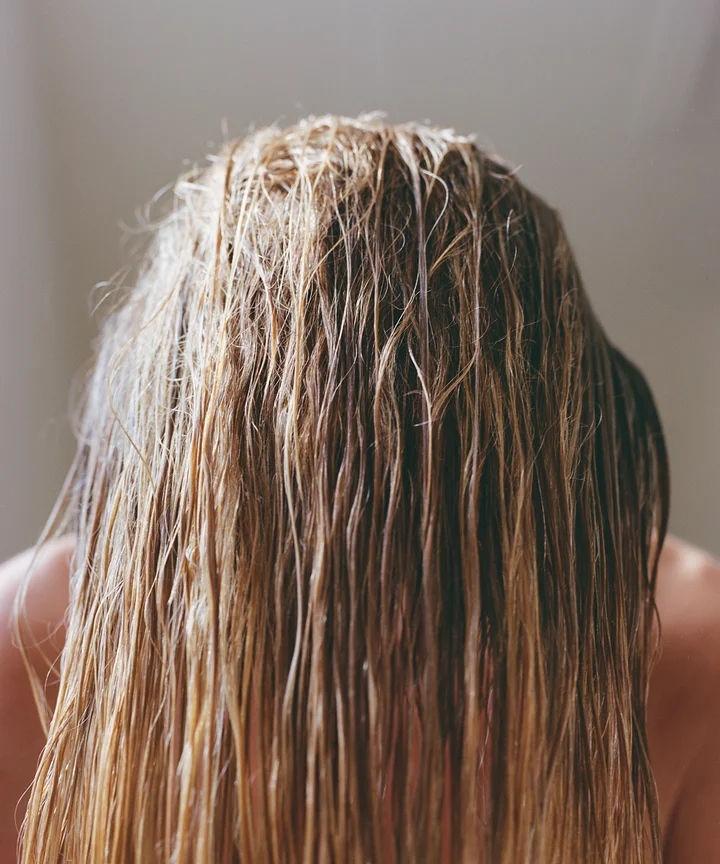
Maintaining Hair Health
Hair coloring can sometimes lead to dryness or damage, but there are steps you can take to maintain the health of your hair. Using color-safe shampoos and conditioners can help preserve the color and prevent it from fading. These products are specifically formulated to protect and nourish color-treated hair, leaving it soft, shiny, and vibrant.
Limiting heat styling is another important aspect of maintaining hair health. Excessive heat from styling tools such as straighteners, curling irons, and blow dryers can cause dryness and damage to the hair. To minimize the risk, use heat-protectant sprays or serums before styling and try to limit the use of heat styling tools whenever possible.
Deep conditioning regularly is also crucial for maintaining the health of color-treated hair. Deep conditioning treatments help to restore moisture and repair any damage caused by the coloring process. Look for deep conditioners that are specifically formulated for color-treated hair and follow the instructions for best results.

Correcting Hair Color Disasters
Sometimes, despite our best efforts, hair color disasters can happen. Whether it’s an unexpected shade or uneven color, seeking professional help is often the best solution. Professional hair stylists have the knowledge and expertise to assess the situation and suggest the most effective way to correct the color mishap. Attempting to fix the problem on your own can lead to further damage or an undesirable outcome, so it’s always best to leave it in the hands of a professional.
If seeking professional help is not an immediate option, color-correcting products can be used to neutralize unwanted tones or lighten certain areas. These products are typically available in the form of color-depositing shampoos or toning treatments and can help to balance out the color until a professional can assist.
Avoiding DIY fixes is essential when dealing with hair color disasters. Home remedies or DIY solutions found online may offer quick fixes, but they can often do more harm than good. Incorrectly mixing or applying products can result in further damage to the hair or cause more severe discoloration. It’s always best to consult with a professional stylist or colorist for guidance.
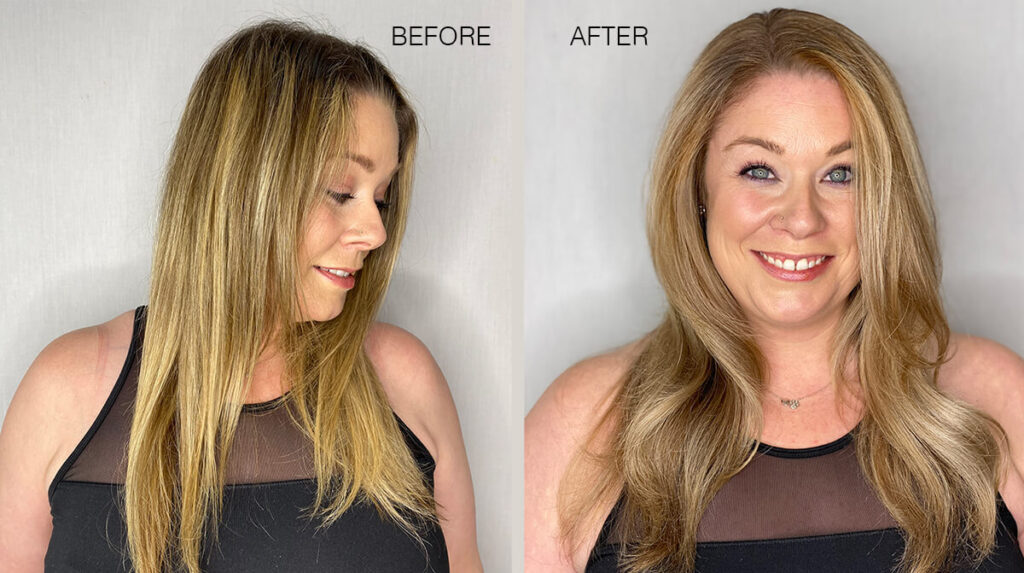
Dealing with Fading Color
Over time, hair color can fade due to various factors such as sun exposure, chlorine from swimming pools, or simply the natural aging process of the hair. To protect your hair color from fading prematurely, it’s important to take a few precautions.
Protecting the hair from sun exposure is crucial for maintaining the vibrancy of the color. UV rays can cause color fading, especially in lighter shades. Wearing a hat or using hair products with UV protection can help shield your hair from the harmful effects of the sun.
Chlorine in swimming pools is notorious for stripping color from the hair. To avoid fading, it’s recommended to wet your hair with clean water before swimming and apply a leave-in conditioner or oil to create a barrier between the hair and the chlorine. Additionally, wearing a swim cap can also help protect the color from fading.
Using color-enhancing products can also help prolong the life of your hair color. These products, such as color-depositing conditioners or glosses, can be used between color touch-ups to refresh and enhance the color.
Protecting Hair from Damage
Hair coloring, especially when done repeatedly, can cause damage to the hair. To protect your hair from damage, it’s important to avoid over-processing. Over-processing occurs when the hair is subjected to excessive chemical treatments, leading to dryness, breakage, and overall hair damage. It’s essential to follow the instructions provided with the hair coloring product and to respect the recommended processing times.
Using treatments specifically designed for damaged hair can help repair and nourish the hair after coloring. Look for products that contain ingredients such as keratin or argan oil, as these can help restore moisture and improve hair health.
Trimming split ends regularly is another way to protect the hair from damage. Split ends can make the hair appear dull and unhealthy, and they can also contribute to breakage. By trimming the ends regularly, you can help maintain the overall health and appearance of your colored hair.
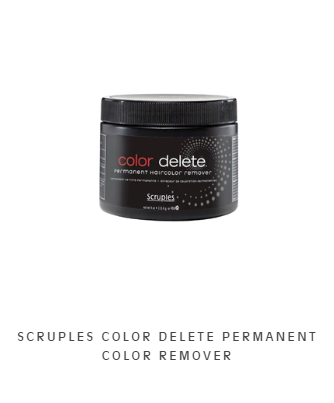
Considering Alternative Hair Coloring Techniques
If you’re looking for something different than traditional all-over hair color, there are alternative hair coloring techniques to consider. Highlights and lowlights can add depth and dimension to the hair, creating a multi-tonal look. Highlights involve lightening select strands of hair, while lowlights darken certain sections. This technique can be customized to suit your desired level of contrast and can be a great way to experiment with color without a full commitment.
Ombre or balayage are other popular hair coloring techniques that involve a gradual transition from one color to another. Ombre typically features a darker shade at the roots that gradually fades into a lighter shade towards the ends. Balayage, on the other hand, involves hand-painted highlights for a more natural, sun-kissed look. These techniques allow for a softer, more blended look and can be a fun way to add dimension to your hair color.
Temporary or semi-permanent colors are also worth considering if you want to experiment with different shades without making a long-term commitment. These colors gradually fade over time and generally do not require the use of harsh chemicals. They can be a great option for those who want to try out a new color without the potential risks associated with permanent hair color.

Maintaining the Color Longevity
Once you’ve achieved your desired hair color, it’s important to take steps to maintain its longevity. Prolonging the color with touch-ups is essential, especially as your hair grows out and the roots start to show. Touching up the roots with the same or a similar hair color can help maintain a seamless look and prevent the color from looking dull or uneven.
Avoiding frequent hair washing is another way to prolong the life of your hair color. Washing your hair too often can strip away the color and cause it to fade more quickly. Aim to wash your hair every two to three days, or consider using dry shampoo in between washes to refresh your hair without stripping away the color.
Avoiding products with harsh chemicals is also important for maintaining the longevity of your hair color. Some hair care products, such as certain shampoos, styling gels, or hairsprays, can contain ingredients that can cause color fading or alteration. Look for products that are specifically formulated for color-treated hair and avoid those that contain sulfates or other harsh chemicals.
Choosing the right hair color is a personal decision that requires careful consideration and attention to detail. By determining your skin tone, considering your natural hair color, and consulting with a professional stylist, you can make an informed choice that will enhance your overall appearance. Understanding the different types of hair coloring products, checking for harmful chemicals, and evaluating the brand reputation can help ensure that you are using safe and high-quality products.
Avoiding hair color mistakes, addressing allergic reactions, maintaining hair health, and dealing with fading color or damage are all essential steps in caring for your color-treated hair. Whether you choose to correct hair color disasters, consider alternative hair coloring techniques, or maintain the color longevity, it’s important to prioritize the health and vibrancy of your hair. With the right knowledge and precautions, you can achieve a beautiful and long-lasting hair color that suits your personal style.

